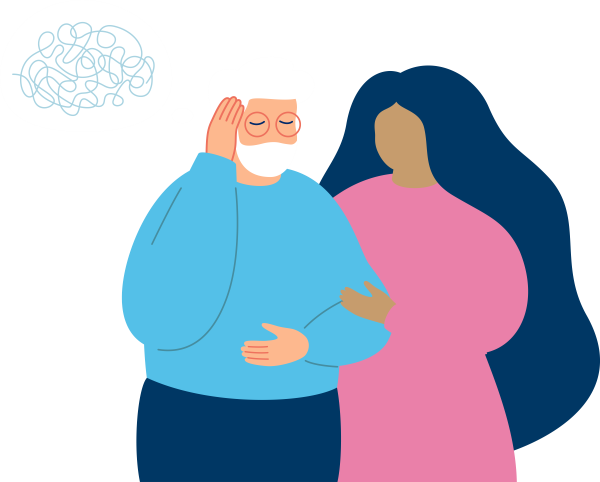What is it?
Otherwise known as community mapping, it is an established method or procedure for participants with a common interest to get together to identify local relevant community resources, associations, skills and individuals. It usually results in a physical map showing locations of physical resources, groups and available individual contacts.
What is it for?
It is a flexible procedure which could be applied in community development, problem-solving for social care issues, or for developing and promoting specific activities.
For example, an asset mapping group might be formed by professionals, or by older people themselves, to look at the problem of isolation and loneliness of the elderly. Community groups might be identified and mapped, and other resources may well emerge, such as forthcoming events, opportunities to influence local policies, etc. Or a mapping may be done to identify and improve local transport for people with a disability.
How is it done?
Toolkits are available on line to help with planning the mapping activity. Organisations such as Brighter Futures Together and Glasgow and Preston Councils have guidance and examples on asset mapping available. Having originated in America, there is some excellent material on line from there, see for example UCLA for useful examples and guidance.
Advance planning is important, to ensure that the project is carried through effectively. Regular discussion meetings can be held to identify individuals, community resources, and institutional opportunities to be mapped. A subsequent action plan, when all these resources are recorded, should be drawn up to ensure knowledge is shared and made widely available. Also, any problematic or development issues can be actioned and resolved through this plan.
What are the advantages?
Firstly, asset mapping is seen as empowering and participative. Instead of individuals feeling that ‘something should be done’, it gives people the chance to do it, to engage actively with what is important to them, and to have the satisfaction of sharing in bringing about any change needed.
Secondly, it is clearly useful to share knowledge in groups. This may result in a common solution or innovation which may not otherwise have arisen.
Thirdly, it is a positive, solution based approach which is often more likely to produce cooperation and resolution, avoiding potential resistance and negativity.
A final advantage in these cash-strapped times is that it is a low-, or zero-cost approach, and can uncover institutional finance or grants which may otherwise not be utilised.
Conclusion
I believe this is a methodology which can be usefully applied in many social care settings. It is helpful in itself to participants, since many projects have been shown that the level of participation itself has improved people’s health and well-being. It can also identify overlooked resources making these easy to find through a visual map, and lastly, it can identify areas for development with associated sources of financial and other help. I hope it can be more wider used to address improvement issues on an empowering and low finance basis.







